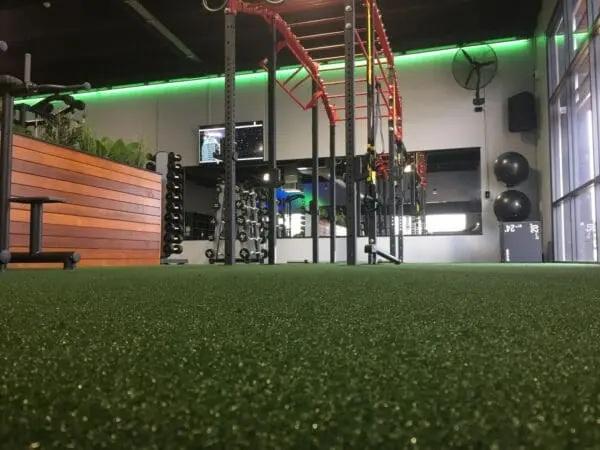From school fields to professional arenas, sports facilities across New Zealand are increasingly turning to artificial sports turf to deliver reliable, all-weather performance. With natural grass struggling to keep up under heavy use and unpredictable weather, synthetic surfaces offer a long-term solution that combines durability, safety, and cost-effectiveness.
Here’s how modern turf technology is helping build stronger, more resilient playing fields — and why it’s changing the game for Kiwi sport.
1. The Challenge with Natural Grass
Maintaining natural sports fields in New Zealand’s climate is no easy task. Constant rainfall in winter and dry, sun-scorched summers create uneven, muddy, or compacted surfaces. Add in frequent use from school teams, local clubs, and community events, and even the best-maintained grass fields wear down quickly.
The result? Unreliable playing conditions, cancelled games, and ongoing maintenance costs that can strain school or council budgets.
Artificial turf eliminates these issues — staying level, clean, and playable all year, no matter how hard it’s used.
2. Engineered for All-Weather Performance
Modern synthetic turf systems are designed with advanced drainage layers that channel water efficiently, allowing games to continue even after heavy rainfall. Unlike grass fields that become muddy and unsafe, artificial pitches remain firm, dry, and ready to use within minutes.
Products from TigerTurf New Zealand use UV-stabilised fibres that resist fading and heat damage, ensuring consistent performance from season to season.
This makes them perfect for New Zealand’s diverse conditions — from Auckland’s humidity to the frost-prone South Island.
3. Built for Strength and Longevity
Durability is one of the biggest advantages of artificial sports turf. Each layer of the system is engineered for endurance:
- Fibre layer: Made from high-quality polyethylene or polypropylene for flexibility and resilience.
- Backing layer: Reinforced for strength and drainage.
- Shockpad layer: Provides impact absorption and player comfort.
- Infill system: Keeps fibres upright and ensures natural ball behaviour.
Together, these components create a surface that withstands thousands of playing hours per year — far more than natural grass could manage without rest or re-seeding.
4. Safe and Consistent for Every Player
Safety is a top priority in turf design. The evenness and cushioning of modern synthetic fields reduce the risk of slips, falls, and joint injuries. Unlike natural turf, there are no ruts, holes, or bald patches to worry about.
This consistency also helps athletes play with confidence. Whether it’s a high school rugby match or a regional football competition, every player can rely on predictable footing, true ball roll, and consistent traction.
5. Low Maintenance, High Value
Compared to natural grass, artificial turf requires minimal upkeep. There’s no mowing, fertilising, or irrigation — just periodic brushing and infill top-ups to keep the surface performing well.
This low maintenance model makes synthetic fields a cost-effective investment for schools, sports clubs, and councils. Over its lifespan (often 10–15 years), artificial turf delivers more playable hours and far lower operating costs than natural alternatives.
6. Multi-Sport Flexibility
One of the major benefits of synthetic turf is versatility. A single field can accommodate multiple sports — from rugby and football to hockey and netball — simply by adjusting line markings and infill levels.
This flexibility maximises facility use and helps local communities get more value from their sporting spaces.
7. Sustainable and Future-Focused
Today’s turf systems are increasingly sustainable, with recyclable materials and non-toxic infills that reduce environmental impact. The reduction in water use, fuel consumption, and chemical treatments also contributes to greener sports facility operations across New Zealand.
The New Standard for Kiwi Sports Fields
Artificial sports turf is more than a convenience — it’s an investment in the future of New Zealand sport. It provides safe, consistent, and durable playing conditions, enabling athletes to train and compete year-round, rain or shine.
By combining advanced design, sustainability, and long-term value, synthetic turf is redefining what it means to build world-class sports facilities — from grassroots to elite level.

